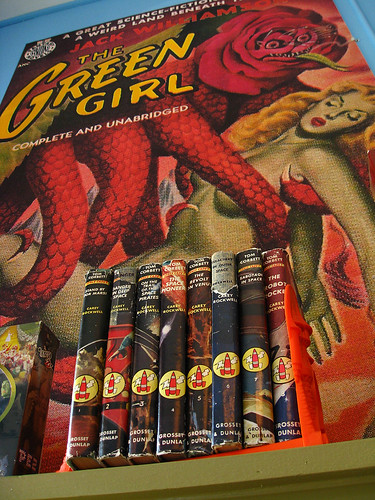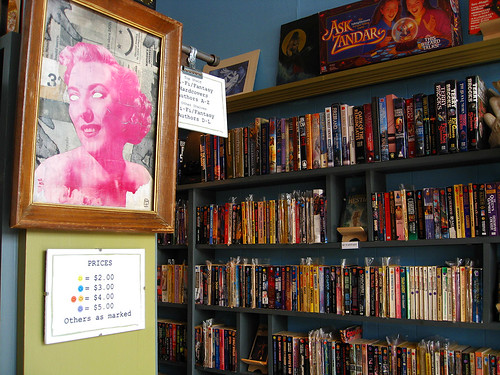Reviewer: Emera
Date read: 2011.10.16
Book from: Personal collection
Cassel Sharpe is the only non-magical member of a family of curse workers, in a world where magic is illegal and hence “worker” families constitute the magical equivalent of the mafia. Despite his disappointing failure to inherit curse-working powers, Cassel somehow managed to murder his childhood friend and love, Lila – though why he can’t remember. Add in life-threatening bouts of nightmares and sleepwalking, a dysfunctional crime family, and the beginnings of an elaborate conspiracy, and Cassel’s attempts at passing himself off as a normal kid seem like they might be over for good.
I read White Cat in one sitting after accidentally meeting Holly Black at a book festival and picking up a copy from her. This is addictive stuff: magical con artists and Russian mobsters; family melodrama; a hard-driving, twisty-turny plot; a mouthy, self-deprecating protagonist with likably grounded sidekicks. I must give a particular hurrah for there being a male Asian-American character: Sam Yu, Cassel’s roommate, a theater geek whose vehicle of choice is a converted hearse.
Black’s prose is a lot sharper and cleaner than I remember it being in her Modern Faerie trilogy, which I sorta-loved for its heroines, but mostly remember as a swill of angst. Cassel angsts plenty, too (I admit to skimming some of the whinier passages), but there are moments – particularly the ending – where his emotional experience deepens into real, wrenching anguish. That, and plenty of sharp detail – the world-building, Cassel’s slickly laid out cons, characters who convince you of their reality – kept me invested. I can’t wait to see where the series goes from here. Let this stand as a reminder to myself to pick up Red Glove whenever I find the chance.



